Gold and jewelry have long been symbols of wealth, power, and beauty across various cultures worldwide. This The History of Jewelry Making : ancient art, combining precious metals and gemstones to create beautiful objects, has a rich and complex history. In this article, we delve into the history of jewelry making from ancient times to the modern era.
Ancient Times
Ancient Egypt
The earliest evidence of jewelry use dates back to Ancient Egypt. The Egyptians regarded gold as a divine metal and used it to create religious and ornamental items. Some of the most famous Egyptian jewelry includes large necklaces, bracelets, and rings adorned with religious motifs and images of deities.
- Materials Used: Gold, turquoise, lapis lazuli, and carnelian.
- Uses: Jewelry served as symbols of power and as protection against evil forces.
Mesopotamia
In Mesopotamia, jewelry played an important role in social and religious life. Craftsmen used precious metals and gemstones to create intricate and beautiful pieces often used in religious ceremonies or as symbols of social status.
- Designs: Nature-inspired motifs such as leaves, flowers, and animals.
- Materials Used: Gold, silver, and gemstones like agate and lapis lazuli.

Classical Period
Ancient Greece
In Ancient Greece, jewelry was primarily used for adornment and less often as a symbol of power or religion. Greek jewelry designs were simple and inspired by nature.
- Features: Designs featuring flowers, leaves, and geometric patterns.
- Materials: Gold and silver, accompanied by stones such as agate and ruby.
Ancient Rome
The Romans used jewelry as symbols of power and wealth. Heavy necklaces and engraved rings were popular among the upper classes.
- Innovations: Use of colored glass as an affordable alternative to gemstones.
- Uses: Gifts, symbols of loyalty, and everyday adornments.

The Middle Ages
During the Middle Ages, jewelry became a symbol of power and religion. Churches and monarchs used jewelry to display wealth and authority. This era saw extensive use of large gemstones and precious metals.
- Designs: Complex and centered on religious themes.
- Materials: Gold, silver, pearls, and rubies.
- Features: Techniques like enameling and engraving.
The Renaissance
The History of Jewelry Making
The Renaissance was a period of artistic and cultural revival, reflected in jewelry design. During this era, designs became more elaborate, and the use of gemstones was more widespread.
- Innovations: Introduction of new techniques like gemstone carving and engraving.
- Designs: Inspired by nature, mythology, and classical art.
- Uses: Everyday adornments and gifts.

The Modern Era
19th Century
The History of Jewelry Making
The Industrial Revolution had a significant impact on jewelry-making in the 19th century. Mass production and new technologies made jewelry more accessible. Renowned brands like Tiffany & Co. and Cartier emerged during this time.
- Features: Use of platinum, diamonds, and gemstones.
- Innovations: Art Nouveau and Art Deco designs.
20th and 21st Century
In the 20th and 21st centuries, jewelry became a global industry. Luxury brands like Bulgari, Chopard, and Graff solidified their positions with innovative designs and high-quality materials.
- Trends: Use of recycled materials and minimalist designs.
- Technology: Introduction of 3D printing and advanced gemstone cutting techniques.

Conclusion
The History of Jewelry Making
The history of jewelry making reflects the evolution of art and culture over time. From the simple and rudimentary pieces of ancient times to the complex and innovative designs of today, this industry has always symbolized creativity and grandeur. With advancements in technology and cultural shifts, the future of jewelry making remains bright.

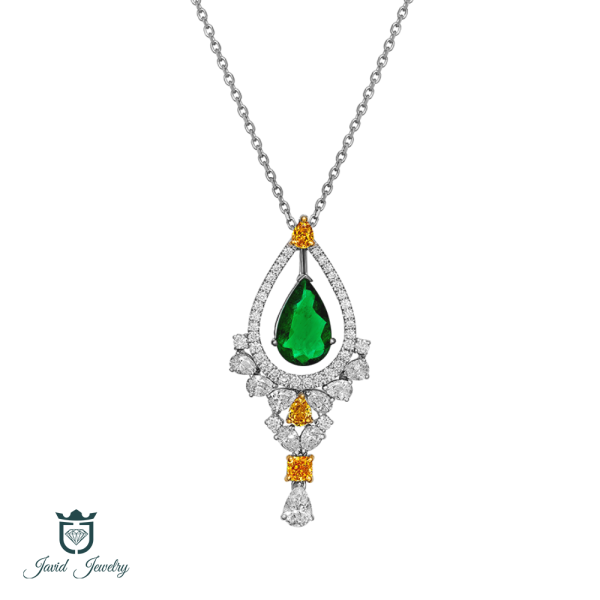
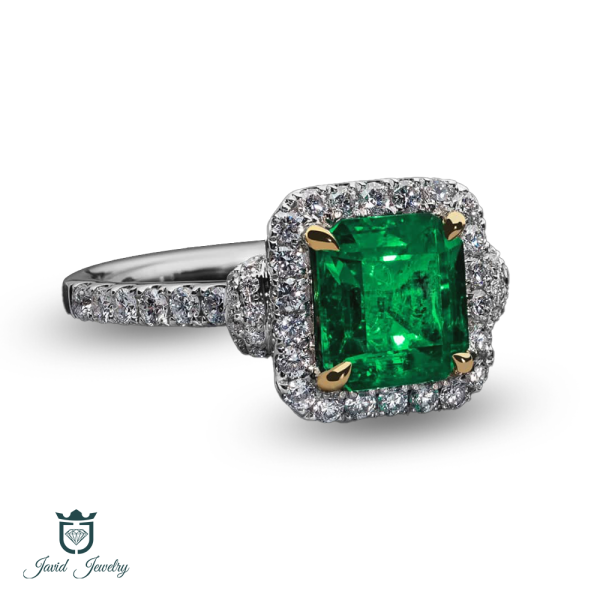

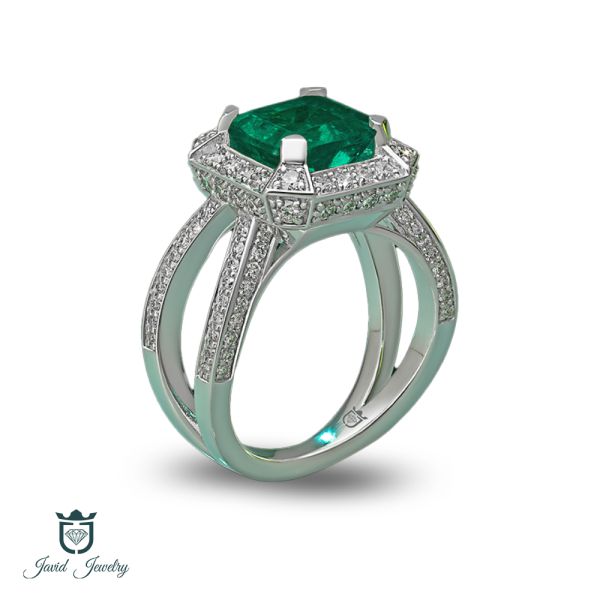
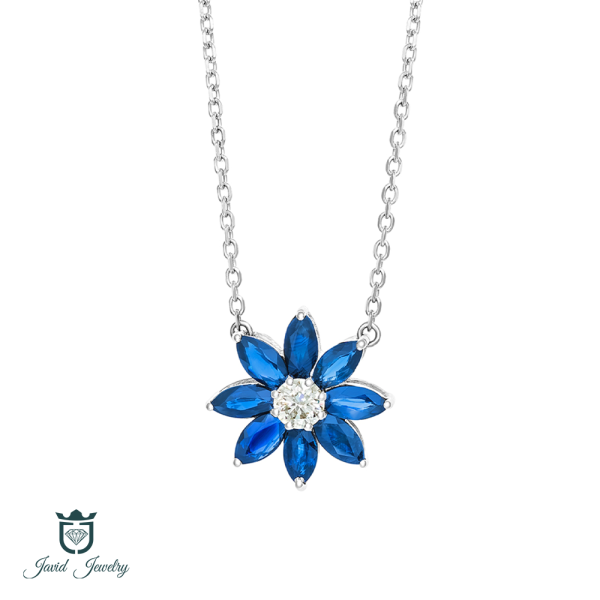
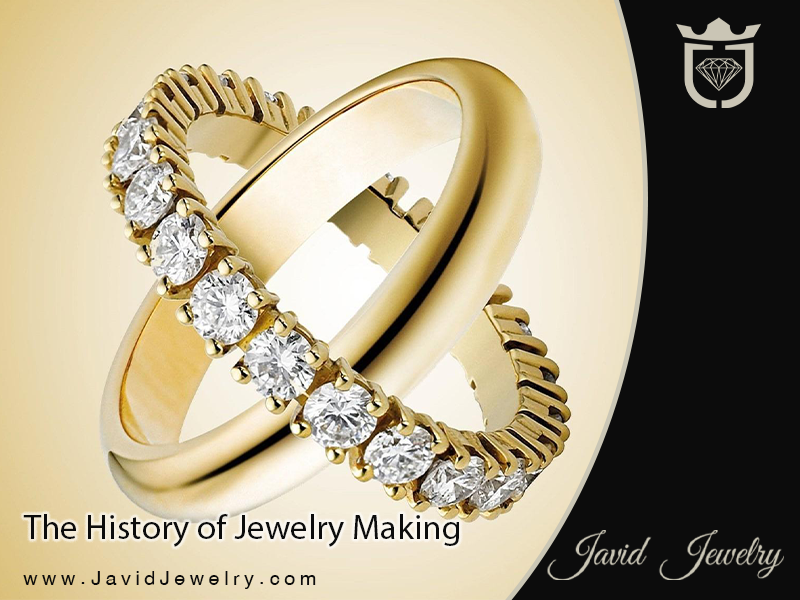
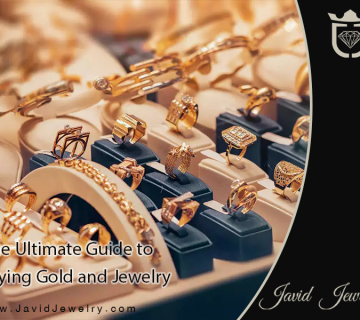
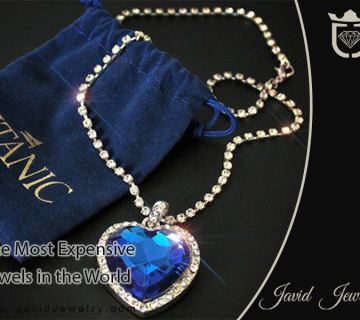
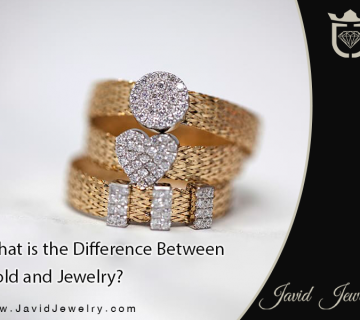
No comment